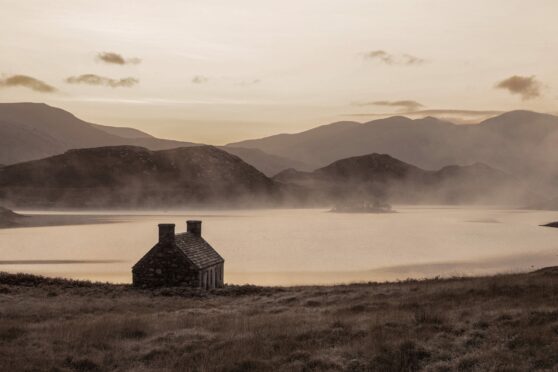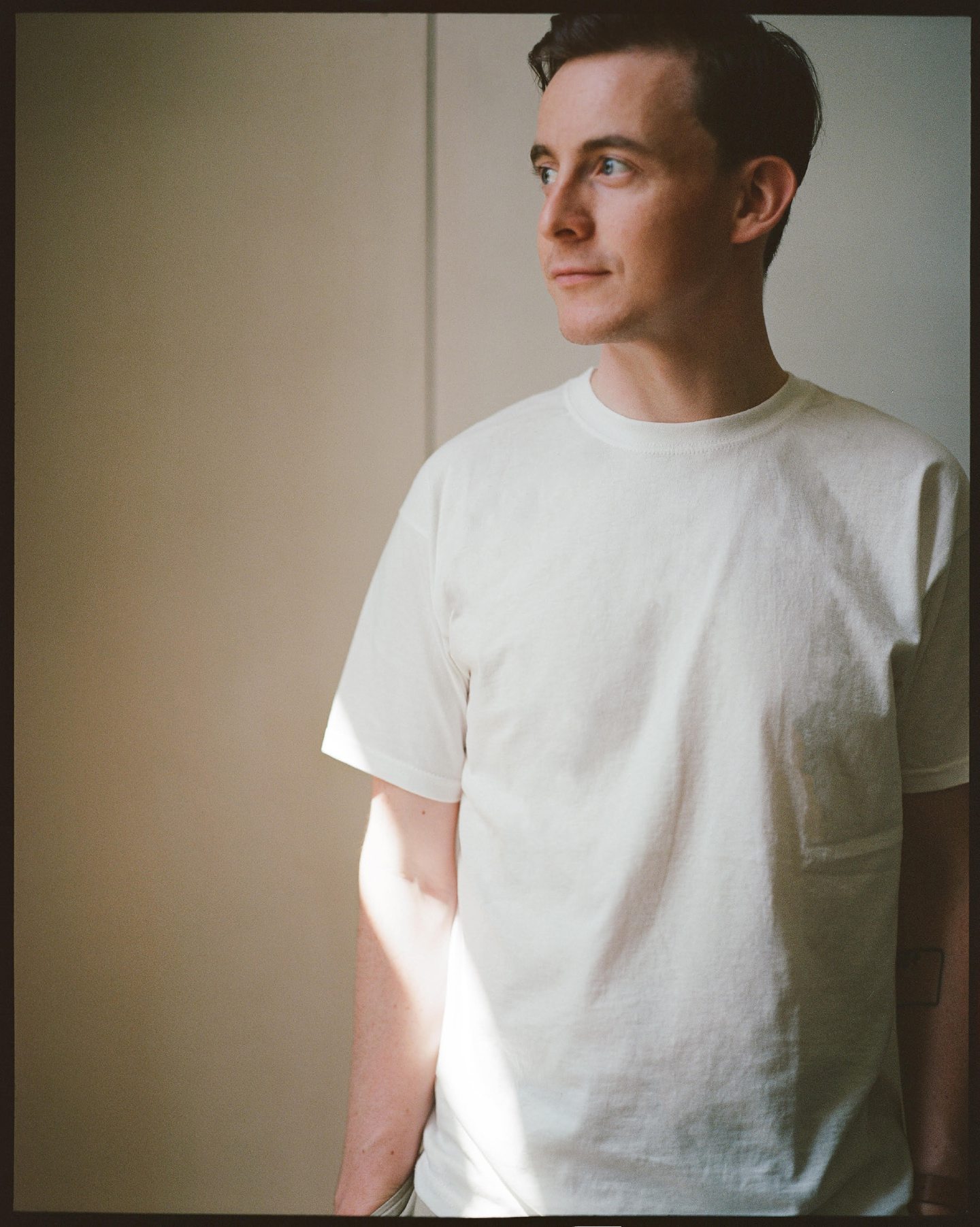
The appeal of getting away from it all – far, far away from it all – is more alluring than ever.
Now Let’s Get Lost, a book celebrating the wild side of life, has detailed some of the world’s loneliest places as 30 photographers captured splendid isolation.
From Russia and Namibia to Rwanda and Newfoundland, the locations featured will motivate aspiring adventurers to take a turn off the beaten track and discover untouched landscapes and, among the global locations, are two in Scotland: Cape Wrath and Fair Isle.
Glasgow-based photographer and author Richard Gaston captured the wild beauty of the north-westernmost point of mainland Britain when he completed the gruelling Cape Wrath Trail, a 240-mile unmarked walk through some of the country’s most demanding but spectacular sites, with a friend last year.
The challenging route takes two-and-a-half weeks to complete and is tackled by only a handful of people annually.
Here, in an extract from the book, Gaston describes the life-changing experience.
I had always wanted to complete the Cape Wrath Trail. My love of the Highlands runs deep, and the idea of pushing north until you can’t physically go any further was appealing.
After the first Covid-19 lockdown came to an end, it seemed the perfect time to undertake such a challenge. I was to travel with my old friend David Cooper. We chose to visit in September, mainly to avoid midges (they die out around the end of August).
At this time of year, the days are still long, relatively dry (or so we thought) and moderate in temperature.
And, of course, it’s the beginning of beautiful autumnal conditions. We packed lightly – only essential, functional items; a nod to sustainable living and consuming less – and set out for the north.
Day one served up a yellow weather warning for rain – an excellent introduction to the cape. We grew accustomed to it after the first eight hours of persistent rainfall, though wading through a river in a full downpour at the end of the day sapped of energy nearly broke me. We soon formed a routine, walking around 15 miles each day before searching for somewhere to sleep at night.
Boggy moorland, lush glens, winding rivers, mountain passes, rugged coasts, lochs, waterfalls, white sand beaches and tarmac roads – the latter being the most taxing – made for tough going. Our mood would visibly diminish during the final few miles until a campsite was declared. We ate meals from packets and hoped for a good night’s rest, conscious of what the following morning would bring.
Each day brought a new challenge as we negotiated the landscape. Ascending bealachs (narrow mountain paths) and bashing through wet bogs became major mental hurdles to overcome, at points making us doubt our ability to complete the route.
We found it easier to follow meandering rivers, which led to yet more unspecified glens. Each bealach led us over the shoulder of a mountain and down into a different loch, the occasional abandoned house the only interruption to the endless wilderness.
The further north we travelled, the more rugged the land became. It was barren, sparse and forever wet underfoot. There was no escaping the rain, and the weather determined everything: our mood, where we would set up camp, how far we could walk in a day and where and when we could eat.
We encountered a few others along the route: some older lads drinking beer as they took a pit stop, a couple who had just finished university, and a girl attempting the route barefoot.
She had very little equipment; a black bin bag for a bivvy (small tent) and a bag of carrots for dinner. So much for us packing lightly! It was autumn and deer rutting season.
The rut echoed in the glens day and night and became our soundtrack for 17 days straight – the silence in between broken only by the tinkle of streams, birds trilling and the endless buffet of the wind.
The light, when it broke through the blue-grey skies in a great beam, was golden and lit up the landscape, burnishing it orange.
Early morning mists, shifted pink by the breaking dawn, gave way to the warmth of the day, providing some comfort until it was robbed again by the night.
Despite the ardour, it was worth it, from the Eas a’ Chual Aluinn waterfall glowing in the morning sun and a wash of rain to the enchanting Glendhu Bothy, where wild horses ran from the hill to greet us. Not to mention the gift of a beautifully crisp morning over Loch Stack, and a hazy evening at Loch Clair as the sun set behind Liathach.
Cape Wrath offers a bleak yet captivating landscape. It is rare in features, but rich in atmosphere.
It’s a stark contrast to where we come from. “Character building” is a phrase often used to describe the experience of time in the wild. It’s a battle of patience and determination, which does wonders for your resilience and ability to manage life.
Ultimately, I was left itching for more time in the rugged beauty of the Scottish Highlands.
The Cape Wrath Trail comprises 107 square miles of moorland wilderness which separates it from the mainland, unconnected by road.
You can travel from Glasgow to Fort William by bus or train and then take a short ferry from Loch Linnhe to Camusnagaul, where the walking begins. Iain Harper’s guidebook, Walking The Cape Wrath Trail, will provide you with a recommended route with many alternative options.
I found the west coast the most beautiful, and suggest steering in that direction. Ultimately, there is no designated route; you choose your own way, and that’s the beauty of the Cape Wrath. There is no fixed path, much like life. It is what you make it.
Let’s Get Lost, curated by Finn Beales, is published by White Lion

Enjoy the convenience of having The Sunday Post delivered as a digital ePaper straight to your smartphone, tablet or computer.
Subscribe for only £5.49 a month and enjoy all the benefits of the printed paper as a digital replica.
Subscribe